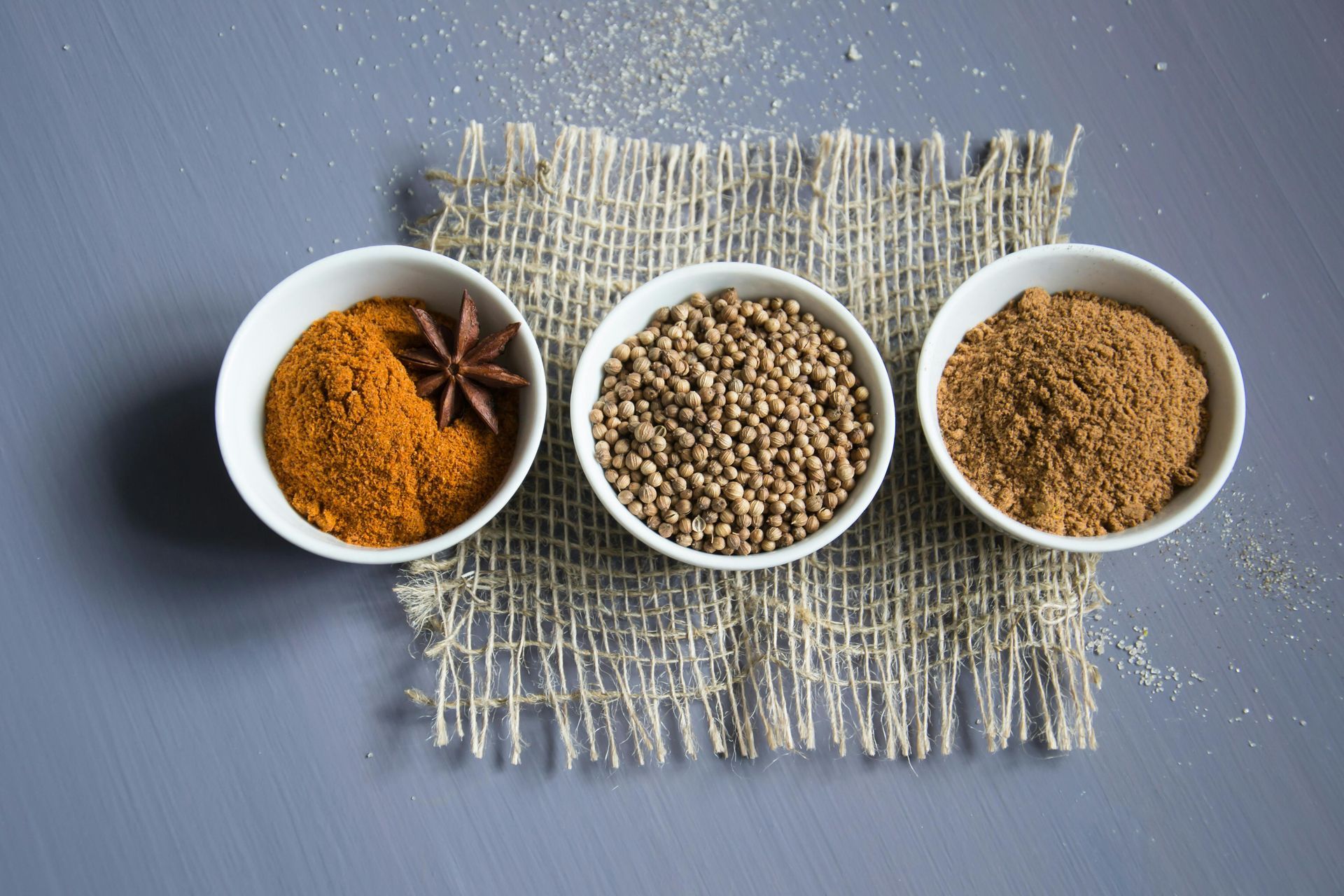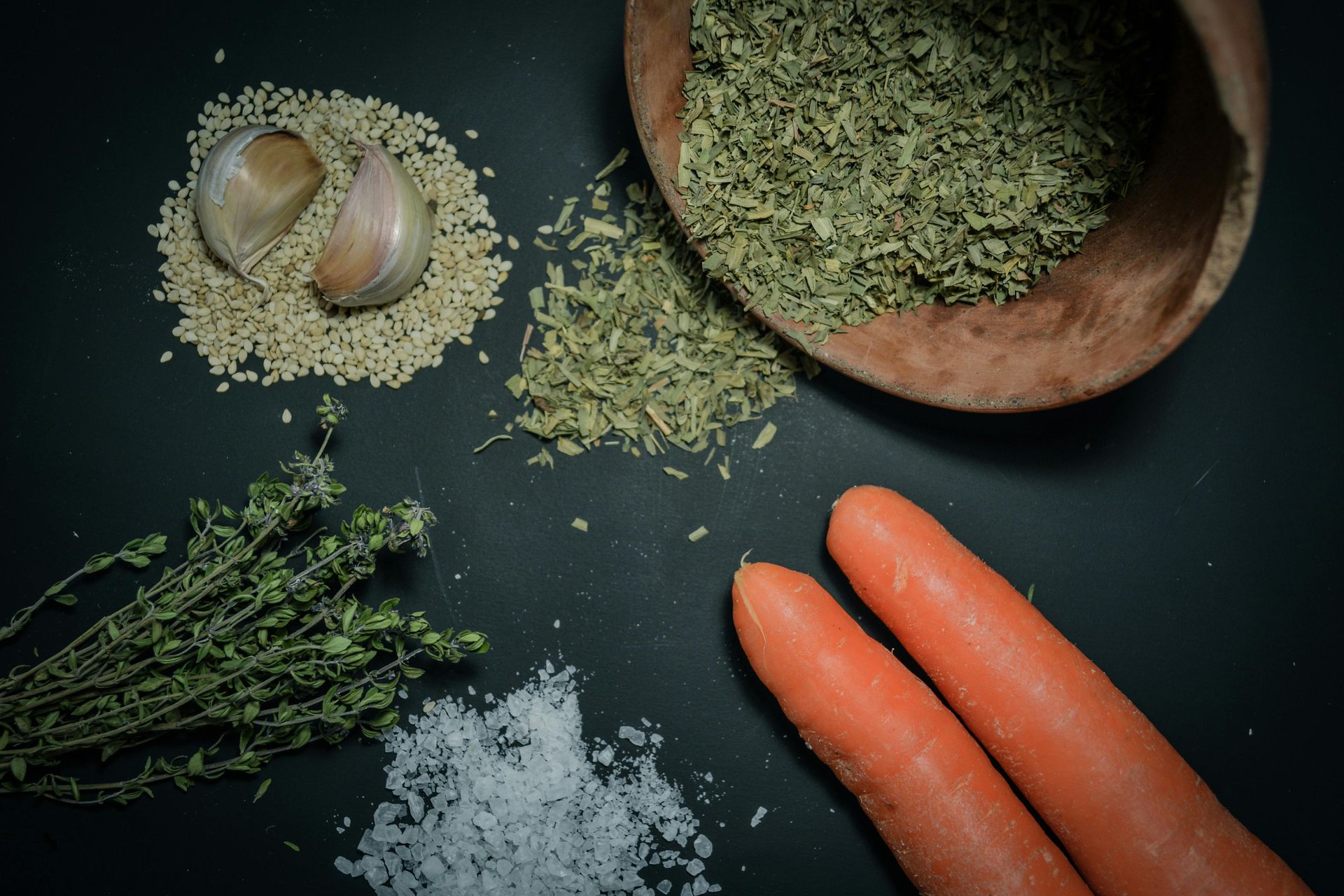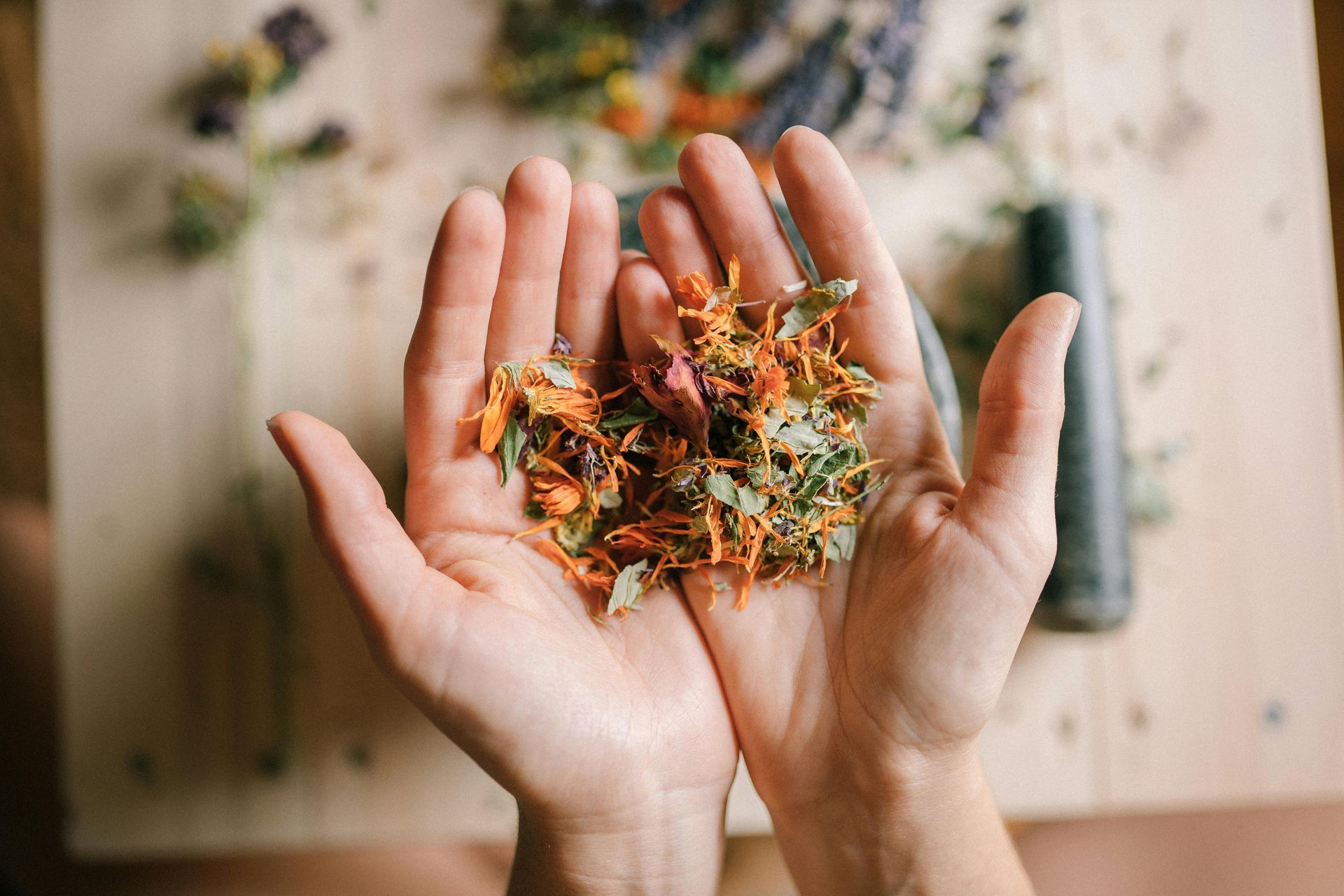Welcome! I’m glad you’re here!
Discover a nature-based approach to wellness. I unite the science of personalized nutrition with the time-honored craft of therapeutic herbalism to bring you a new way forward.
FREE 10-Min. Meet & Greet Call! | Telehealth Appointments Available!
Clinical Herbalism. Wellness Coaching. Personalized Nutrition Plans. Grief Support.
Shop Designs For Health.

Meet Alison Birks: A Lifelong Journey to Wellness and Balance
Herbal Roots and Early Calling
Alison’s journey as an herbalist began at the age of 13, inspired by her own health challenges and a deep spiritual calling to work with plants for healing. She believes her connection to herbal medicine is rooted in a genetic memory, as her great-great-grandmother Zoe, a renowned Canadian herbal healer and midwife, passed down this legacy.
Education and Training
After years of self-study, Alison formalized her knowledge by studying botany and ecology at the College of the Atlantic and earning a master’s degree in nutrition from the University of Bridgeport. She holds certifications in therapeutic herbalism from David Winston’s School for Herbal Studies and has trained with experts like David Hoffmann and Tieraona Low Dog. Alison also completed programs in Chinese herbalism at The Connecticut School of Herbal Studies and aromatherapy at the Pacific Institute of Aromatherapy.
Experience and Practice
Alison’s extensive career spans multiple roles, including herbalist, educator, gardener, wild foods enthusiast, and co-owner of an herbal apothecary. She has worked as a retail nutritionist and an instructor in higher education. Passionate about growing, wild-harvesting, and creating her own medicines, Alison currently works remotely with clients, helping them achieve holistic health.
Author and Educator
In addition to her clinical practice, Alison is an author and educator. She wrote the children’s book "Lua the Llama & the Mountain of Joy" and has published numerous articles on herbal medicine and nutrition, sharing her expertise with a broader audience
Evolving Practice
Alison is expanding her practice to include energy healing in the Kausaypuri Andean mystical tradition and shamanic healing arts, with a focus on healing grief. This new chapter reflects her ongoing commitment to integrating ancient wisdom with modern healing practices.

Click this link to join the 2025 Herbalism Conference Masterclass- registration for this event is FREE!


Herbal Support for the Grieving Heart
Attend virtually- Class by Donation!
Join Alison on Fri. April 11, 2025 at 12 PM
In this 30-minute presentation, herbalist and grief educator, Alison Birks, will give an introduction on how herbs, essential oils, flower essences, and other nature-based practices can support healing during times of grief and loss. You’ll walk away with practical tools, simple ways to incorporate plant medicine into your daily routine, and insight into how a herbalist can offer personalized support. Whether you’re navigating grief yourself or supporting a loved one, this session will provide meaningful ways to find comfort and care.
"Alison takes great care to make informed analyses of her client’s needs … I wouldn’t hesitate to refer anyone with health issues to seek out Alison’s expertise." LO
"Seeking professional nutritionist advice from Alison Birks has made me feel differently about health care: “See a NUTRITIONIST for HEALTH and see a DOCTOR for ILLNESS." BA
"I go to Alison with all my health concerns and questions and she always has an answer. She helped guide me through the process and by the end I had more energy, lost weight, and had radiant skin." AJ
Nutrition philosophy
Eating well means choosing the most nutrient dense foods the earth has to offer. Our physical health is created and maintained through the nourishment given to us by the plants and animals we consume. We must pay close attention to the way our food is grown and processed if we are to live a vital, disease-free life. Wholesome food is real food that is organic, minimally processed and locally grown. Fresh, organic produce and humanely raised animal foods should make up the bulk of a healthy diet.






